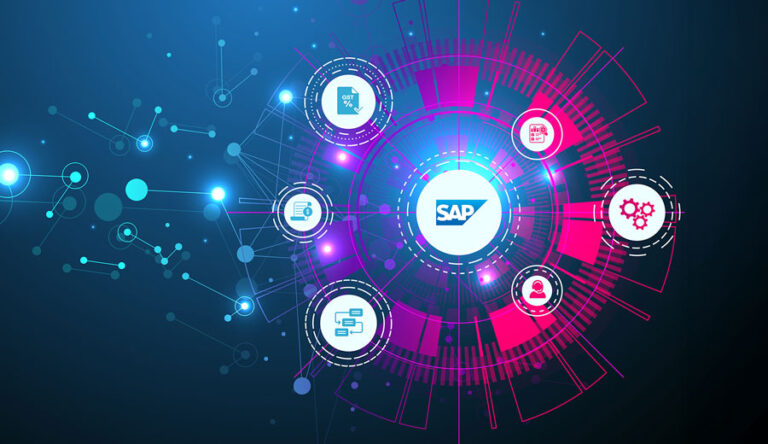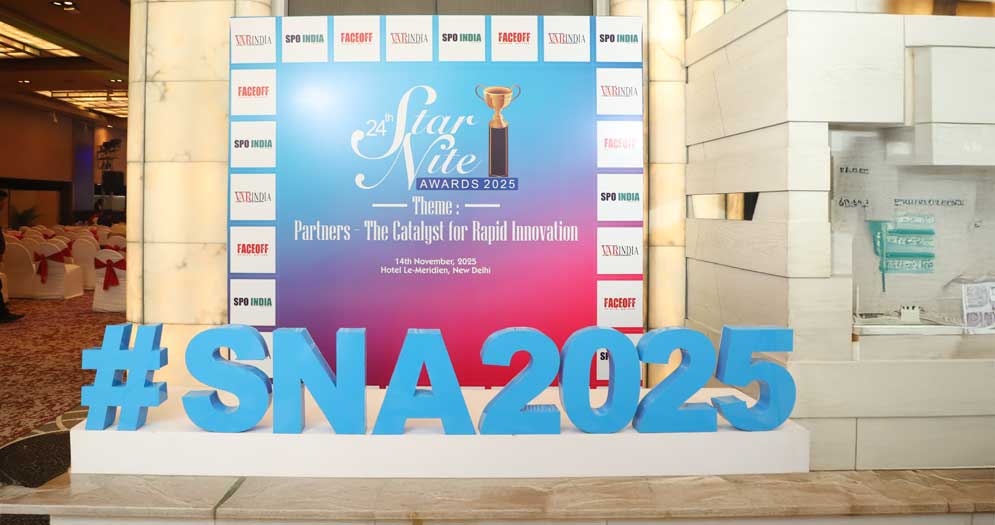Picture this: your organization is thriving, sales are growing, and your IT systems are humming along smoothly. Suddenly, a cyberattack cripples your servers. Customer data is inaccessible, orders can’t be processed, and your employees are left idle. Every passing minute translates into financial loss, customer frustration, and reputational damage. This is not a hypothetical scenario. It’s a reality that many businesses face today.
According to IBM’s Cost of a Data Breach Report 2024, the global average cost of a data breach has reached USD 4.45 million, a 15% increase in just three years (IBM Report). In India, where digital adoption is accelerating, downtime costs can cripple mid-sized businesses and even force small enterprises into bankruptcy.
This is why every business whether a startup, SME, or large enterprise needs a disaster recovery plan (DRP). A DRP is not just about backups. It is a strategic roadmap that outlines how to restore IT systems, applications, and data quickly after unplanned disruptions. And more importantly, it is a cornerstone of broader business continuity.
- What a disaster recovery plan is
- Why it’s essential for modern businesses.
- The role of RTO (Recovery Time Objective) and RPO (Recovery Point Objective).
- How DR-as-a-Service (DRaaS) is transforming resilience.
- How Embee Solutions can help you safeguard operations.
What Is a Disaster Recovery Plan?
A disaster recovery plan is a documented, structured approach that describes how an organization can quickly resume work after an unplanned incident. These incidents may include:
- Cyberattacks (e.g., ransomware, malware).
- Natural disasters (floods, earthquakes).
- Hardware failures (server crashes, storage corruption).
- Power outages or network disruptions.
The DRP is a subset of a larger business continuity strategy, which ensures that all aspects of an organization remain functional during and after a crisis. While business continuity is about keeping the entire business operational, disaster recovery specifically focuses on restoring IT systems and data.
Key components of a DRP include:
- Risk assessment: Identifying threats and vulnerabilities.
- Business impact analysis (BIA): Understanding how disruptions affect operations.
- Recovery strategies: Choosing appropriate backup, replication, and failover methods.
- RTO and RPO targets: Defining acceptable downtime and data loss.
- Testing & maintenance: Regularly validating the plan.
Why Businesses Need a Disaster Recovery Plan
2.1 Protect Against Financial Losses
Downtime is expensive. A Gartner report estimated the average cost of IT downtime at $5,600 per minute or more than $300,000 per hour for large enterprises. Even for smaller businesses, a few hours of outage can erode profits significantly.
2.2 Regulatory and Compliance Requirements
Industries like banking, healthcare, and insurance are bound by strict regulations (e.g., RBI, HIPAA, GDPR). Failure to safeguard customer data can result in fines, lawsuits, and loss of licenses.
2.3 Reputation Management
A single outage or data loss incident can damage brand reputation irreversibly. Customers today expect always-on services, and they are quick to switch to competitors if a company fails them.
2.4 Cybersecurity Threats Are Rising
Cyberattacks are growing both in frequency and sophistication. Without a DRP, businesses risk losing critical intellectual property and customer trust.
2.5 Business Continuity
A DRP supports broader business continuity objectives, ensuring that critical operations finance, HR, supply chain continue without major disruptions.
Core Elements of a Disaster Recovery Plan
A strong DRP is not a one-size-fits-all solution. It needs to be tailored for your business. Key elements include:
3.1 Risk Assessment & Business Impact Analysis
- Identify critical applications (ERP, CRM, financial systems).
- Map dependencies across IT and operations.
- Quantify financial impact of downtime.
3.2 Recovery Time Objective (RTO)
RTO defines the maximum acceptable time your systems can remain down after an incident. For example, an e-commerce business may set an RTO of 30 minutes, while a manufacturer may accept 4 hours.
3.3 Recovery Point Objective (RPO)
RPO defines the maximum acceptable data loss measured in time. For instance, if your RPO is 15 minutes, you must ensure backups are updated at least every 15 minutes.
3.4 Backup & Replication Strategies
- On-premises backups: Quick recovery but vulnerable to physical damage.
- Cloud backups: Secure, scalable, and accessible from anywhere.
- Hybrid approach: Combining on-premises speed with cloud resilience.
3.5 Communication Plan
During a crisis, stakeholders must be informed quickly and clearly employees, customers, partners, and regulators.
3.6 Testing & Maintenance
A DRP is only effective if tested regularly. Tabletop exercises, mock drills, and failover simulations ensure readiness.
Disaster Recovery as a Service (DRaaS)
Traditional DR required heavy investments in secondary data centers, duplicate hardware, and in-house expertise. Today, Disaster Recovery-as-a-Service (DRaaS) offers a cost-effective and flexible alternative.
4.1 What Is DRaaS?
DRaaS is a cloud-based service model that replicates and hosts physical or virtual servers by a third party to provide failover in the event of a disaster.
4.2 Benefits of DRaaS
- Lower costs: No need for expensive secondary sites.
- Scalability: Expand or shrink capacity as per business needs.
- Faster recovery: SLA-backed RTO and RPO guarantees.
- Expert management: Handled by experienced providers like Embee.
4.3 Embee Software’s DRaaS Advantage
At Embee Software, we leverage Microsoft Azure and hybrid cloud environments to deliver DRaaS tailored to your business needs. Our solutions include:
- Automated failover and failback
- Continuous data replication
- SLA-defined RTO and RPO
- 24/7 monitoring and support
Disaster Recovery vs. Business Continuity
It’s common to confuse disaster recovery with business continuity (BCP). Here’s the difference:
- Business Continuity (BCP): Focuses on keeping the business running during disruptions (people, processes, facilities).
- Disaster Recovery (DRP): Focuses specifically on restoring IT systems and data.
A strong resilience strategy integrates both. For example, during a power outage:
- BCP ensures employees can work remotely.
- DRP ensures IT systems are accessible through cloud failover.
Implementing a Disaster Recovery Plan
6.1 Steps to Create a DRP
- Define objectives: Identify RTO and RPO.
- Assess risks: Cyber threats, natural disasters, hardware failures.
- Choose strategies: Cloud, hybrid, or on-prem.
- Develop documentation: Detailed recovery steps.
- Test regularly: Validate effectiveness.
- Train employees: Everyone must know their role.
6.2 Testing Types
- Tabletop exercises: Discussion-based simulations.
- Functional drills: Partial execution of recovery steps.
- Full-scale tests: Simulated failover to alternate sites.
Cost, ROI, and Strategic Value
Investing in disaster recovery is often seen as an expense. It is a business enabler.
7.1 Cost vs. Risk
IDC estimates that organizations lose up to $1.25 billion annually due to unplanned downtime. A modest investment in DR—typically 2–4% of IT budgets prevent catastrophic losses.
7.2 ROI of a DRP
- Avoid fines: Compliance with industry regulations.
- Customer trust: Assurance of resilience.
- Competitive edge: Faster recovery than competitors.
7.3 Long-Term Strategic Value
Disaster recovery isn’t just about risk mitigation. It’s about:
- Building digital resilience.
- Supporting innovation without fear of outages.
- Driving customer confidence in always-on services.
Embee Software’s Approach to Disaster Recovery
At Embee Software, we bring decades of expertise in IT infrastructure, cloud, and managed services. Our approach includes:
- Customized Assessment: We analyze your workloads, risks, and compliance needs.
- Cloud-Powered Solutions: Leveraging Microsoft Azure and hybrid cloud.
- Optimized RTO/RPO: Tailored recovery objectives to your business.
- 24/7 Monitoring: Proactive detection and remediation.
- Continuous Improvement: Regular testing and optimization.
FAQs (Frequently Asked Questions)
A well-designed disaster recovery plan safeguards against financial losses, compliance risks, and reputational damage. With the right mix of RTO, RPO, DRaaS, and business continuity strategies, your business can stay resilient even in the face of adversity.
At Embee Software, we specialize in designing and managing disaster recovery solutions that keep your business always on. From cloud-powered DR-as-a-Service to end-to-end business continuity planning, we ensure your operations are protected, compliant, and future-ready.

















































